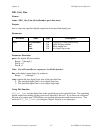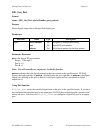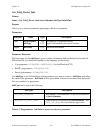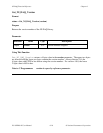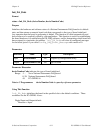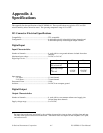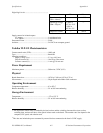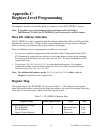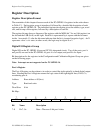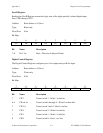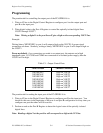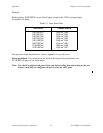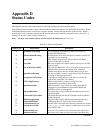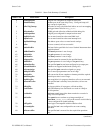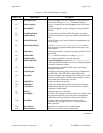
© National Instruments Corporation C-1 PC-OPDIO-16 User Manual
Appendix C
Register-Level Programming
This appendix describes in detail the address and function of each PC-OPDIO-16 register.
Note: If you plan to use a programming software package such as NI-DAQ or
LabWindows/CVI with your PC-OPDIO-16, you do not need to read this chapter.
Base I/O Address Selection
The PC-OPDIO-16 is fully compatible with the industry standard Intel-Microsoft Plug and Play
Specification version 1.0a. A Plug and Play system arbitrates and assigns resources through
software, freeing you from manually setting switches and jumpers.
There are different ways of assigning the base address to your board:
• You can use a standard configuration utility like Intel’s ISA Configuration Utility (ICU).
ICU dynamically assigns the base address to your board when you boot up the computer.
You can also lock the board resources when you use ICU. For more information on ICU,
contact Intel Corp.
• You can use DAQCONF or WDAQCONF to assign the board resources. If a standard
configuration utility is present in the system, you will not be able to modify the board
resources using DAQCONF or WDAQCONF.
Note: For additional information on the DAQCONF or WDAQCONF utilities, refer to
Chapter 2, Installation and Configuration.
Register Map
The register map for the PC-OPDIO-16 is given in Table C-1. This table gives the register
name, the register address offset from the board base address, the type of the register (read-only,
write-only, or read-and-write), and the size of the register in bits.
Table C-1. PC-OPDIO-16 Register Map
Register Name Offset Address (Hex) Type Size
Digital I/O Register Group
Port A Register 0 Read-and-write 8-bit
Port B Register 1 Read-only 8-bit
Digital Control Register 3 Write-only 8-bit



